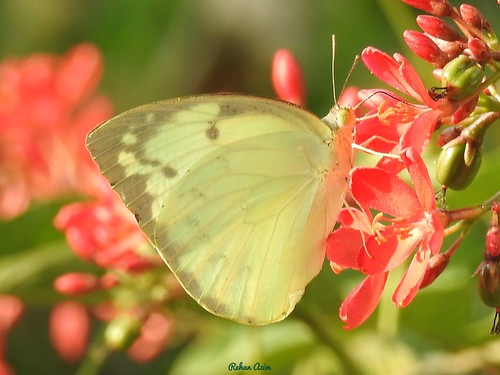(PCA) illustrating the variation within the seven climate variables (table ) across
(PCA) illustrating the variation within the seven climate variables (table ) across our study period. (a) Vectors for person climate variables connected using the 1st two PCA axes (i.e. dimensions, labelled `dim’); (b) the percentage contributions of every single HIF-2α-IN-1 variable towards the very first three PCA axes. (c,d ) The positions for every single year around the initially two axes; the size from the text reflects the relative size in the consensus year (i.e. the number of species experiencing an extreme population change) in either the year throughout which the population adjust was measured (c) or within the prior year (i.e. accounting to get a year population lag, (d )).figures two and three). The large quantity of Lepidoptera crashing inside the 20202 consensus year followed extreme cold in the previous winter. The 1 consensus very good year for populations was 975 976, when 9 (n 6) of moths experienced population explosions (butterflies could not be deemed PubMed ID:https://www.ncbi.nlm.nih.gov/pubmed/28742396 simply because information collection did not start off till the following year) and none crashed. The climate in 975 was fairly dry, with the summer season of 976 becoming particularly hot and dry (table and figure 3c,d) using a drought index practically double the median more than the study period (figures 2a, 3d and table ). Subsequently, considerable numbers of Lepidoptera (54 of 207 species, 26 ) skilled population crashes among 976 and 977. However, although 976977 was the year using the most Lepidoptera crashes (54 of 207 species), some Lepidoptera (4 species) nevertheless knowledgeable population explosions in the identical year. This suggests that there may be cumulative effects, and that some climatic extremes may perhaps produce opposite direct and lagged effects (within this case, explosion followed by crash). Five on the 0 climatically intense years (978979, 985 986, 989990, 994995 and 995996) didn’t coincide, with or without lag, with any on the consensus population transform years in either Lepidoptera or birds. Offered that extreme events tended to come about in various years for Lepidoptera and birds (figure 2d), it’s doable that other taxa responded strongly in these years. The pattern of apparently mixed responses is also exhibited by person species. As an example, the mottled grey moth Colostygia multistrigaria population crashed soon after the 976 drought, but not after other dry years, as well as the tree sparrow Passer montanus declined in association with some, but not all, cold winters (figure ). We then viewed as intense population changes in all years in relation to PCA scores, drought and winter cold. There was no correlation involving threedimensional distance from the PCA origin (a measure  of how climatically uncommon a year was) and also the proportion of species experiencing an extreme event (figure 4). The relationships amongst species’ responses, drought and winter cold have been also noisy for both Lepidoptera and birds (figure 4), with only two substantial relationships detected immediately after Bonferroni correction. The very first significant relationship was for drought index of your previous year and also the proportion of Lepidoptera species(a) 0.no lag(b)lag yearrstb.royalsocietypublishing.org0.0.Phil. Trans. R. Soc. B 372:0 proportion of species experiencing an extreme 2 three 4 2 3distance from PCA origin (3D) (c) 0.3 (d)0.0.0 500 600 700 800 900 500 drought index (mm) (e) 0.3 (f) 600 700 8000.0.0 four three two 0 4 three two 0daily minimum temperature of coldest 30 days Figure four. No overall relationship was observed involving climatic circumstances along with the numbers of species displaying extreme population re.
of how climatically uncommon a year was) and also the proportion of species experiencing an extreme event (figure 4). The relationships amongst species’ responses, drought and winter cold have been also noisy for both Lepidoptera and birds (figure 4), with only two substantial relationships detected immediately after Bonferroni correction. The very first significant relationship was for drought index of your previous year and also the proportion of Lepidoptera species(a) 0.no lag(b)lag yearrstb.royalsocietypublishing.org0.0.Phil. Trans. R. Soc. B 372:0 proportion of species experiencing an extreme 2 three 4 2 3distance from PCA origin (3D) (c) 0.3 (d)0.0.0 500 600 700 800 900 500 drought index (mm) (e) 0.3 (f) 600 700 8000.0.0 four three two 0 4 three two 0daily minimum temperature of coldest 30 days Figure four. No overall relationship was observed involving climatic circumstances along with the numbers of species displaying extreme population re.
